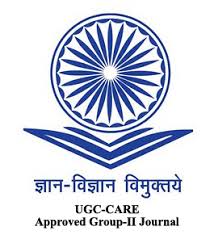Effect of planting density and irrigation scheduling on Dry matter production , Nutrient uptake and Quality of Rabi maize
DOI:
https://doi.org/10.63001/tbs.2025.v20.i02.S2.pp137-141Abstract
A field experiment was conducted during Rabi season of 2022-23 and 2023-24 to study the effect of planting density and irrigation scheduling on Dry matter accumulation, Nutrient uptake and quality of Rabi maize. Higher Dry matter accumulation was recorded under highest plant population of 1,00,000 plants/ha , which was significantly higher when compared to rest of the population at 60,90 and 120 DAS and at harvest during both the seasons and higher dry matter accumulation was recorded under irrigation scheduling of 25% Available soil moisture depletion and it decreased with decreasing moisture availability under different treatment while the lowest under 75% ASMD at all the stages of crop during both the seasons. The Nitrogen, phosphorus and potassium uptake by maize plant was obtained maximum at planting density of 83,333 plants ha-1 under 25 % of available soil moisture depletion. During second year the carbohydrate content was significantly higher (68.3%) under lowest population than rest of the treatments. The protein and carbohydrate in the grain were recorded maximum when irrigation scheduled at 25 % of Available Soil Moisture Depletion.






























